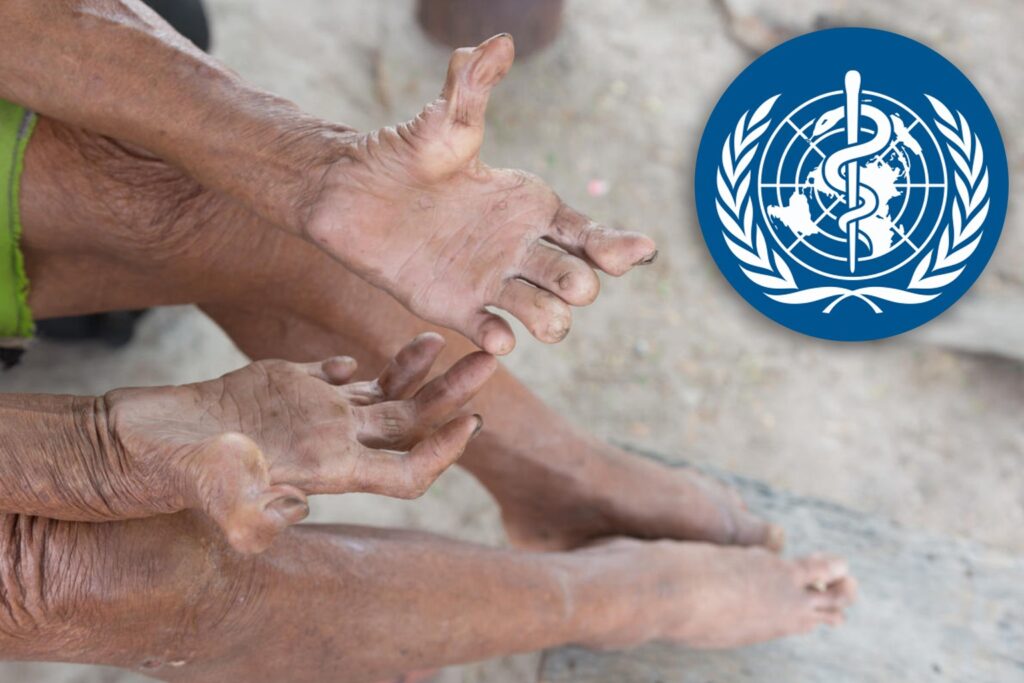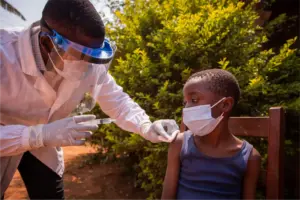
The World Health Organization is urging all governments worldwide to increase their dedication to the treatment of this neglected disease, which continues to affect thousands of individuals annually. The organization emphasizes that the eradication of leprosy is contingent upon the provision of sustained funding, the intensification of surveillance systems, and the expansion of patient access to treatment and care.
An ongoing global challenge
This disease is also known as Hansen’s disease and has been comprehended by the bacterium Mycobacterium leprae. It initiates its presence on the dermis, nerves, and respiratory system, and if left untreated, it can result in disabling conditions. In spite of the fact that MDT has been proven to be a cure for leprosy, it continues to pose a significant health challenge in the majority of the globe.
In 2023, the World Health Organization (WHO) has documented 1,82,815 new cases of leprosy in more than 100 countries. A mere 23 priority countries reported 95% of those cases, indicating that the disease continues to have a significant presence in a specific region. Early diagnosis and treatment intervention must be enhanced to prevent transmission and long-term disability, as the number is so high.
WHO initiated the call
WHO urges governments to enhance national leprosy programs to facilitate more effective treatment and earlier diagnosis on World Leprosy Day, which is observed annually on the last Sunday of January.
Increase the allocation of resources to patient care, surveillance, and research.
Incorporate individuals who have been impacted by leprosy into the development of health policies and decisions in order to eradicate discrimination and stigma.
Public education: promote the fearlessness of individuals with symptoms in seeking medical attention and reducing stigma.
The path to the eradication of leprosy
In recent years, there has been a substantial decrease in the number of leprosy cases. However, there are still numerous obstacles that prevent the complete eradication of the disease, such as late diagnosis, stigma among society members, and a lack of health options due to rurality.
Nevertheless, the World Health Organization is optimistic that leprosy can be eradicated if health facilities are complemented by appropriate policies and community participation. The government’s efforts to eradicate leprosy would ensure the protection of vulnerable individuals and establish a world that is stigma-free and healthful for all.








